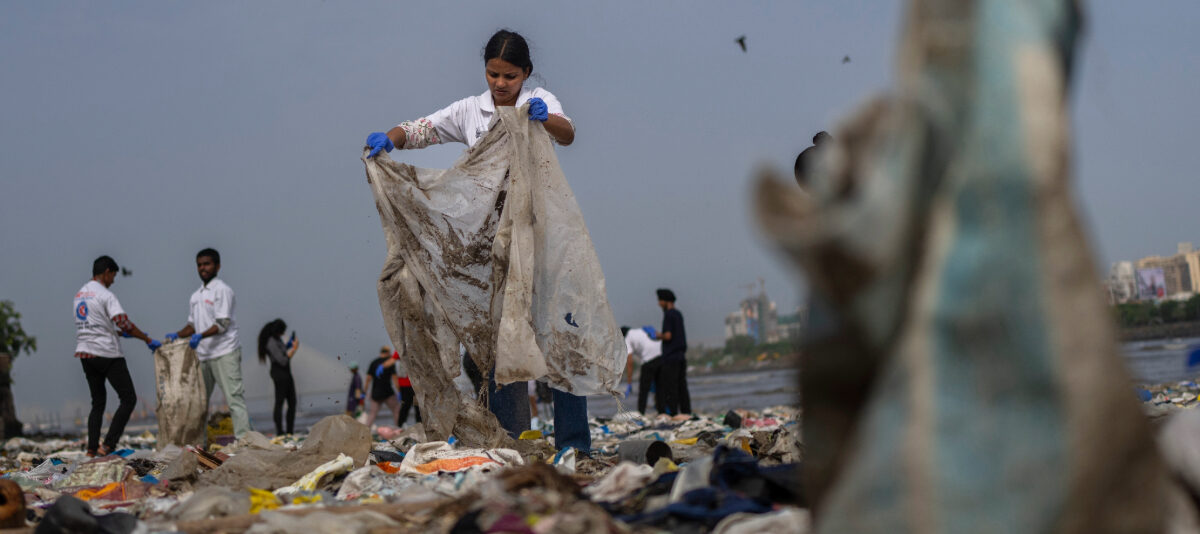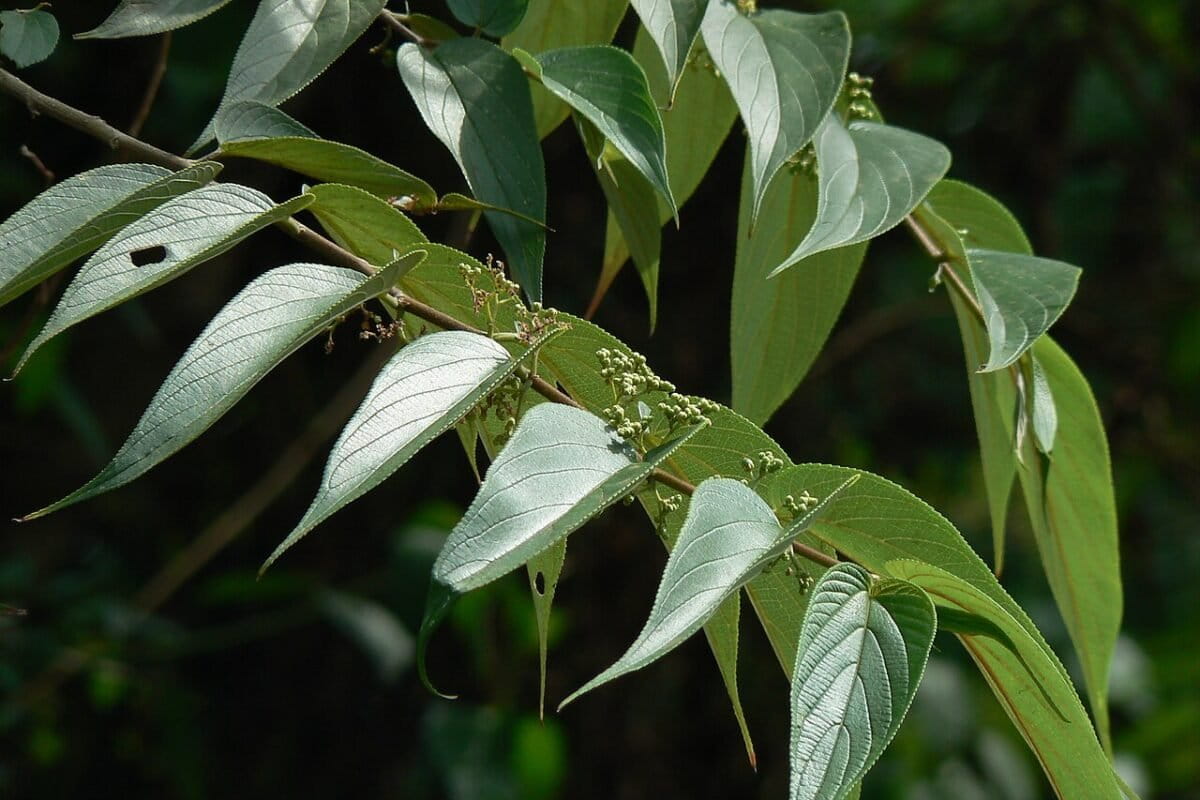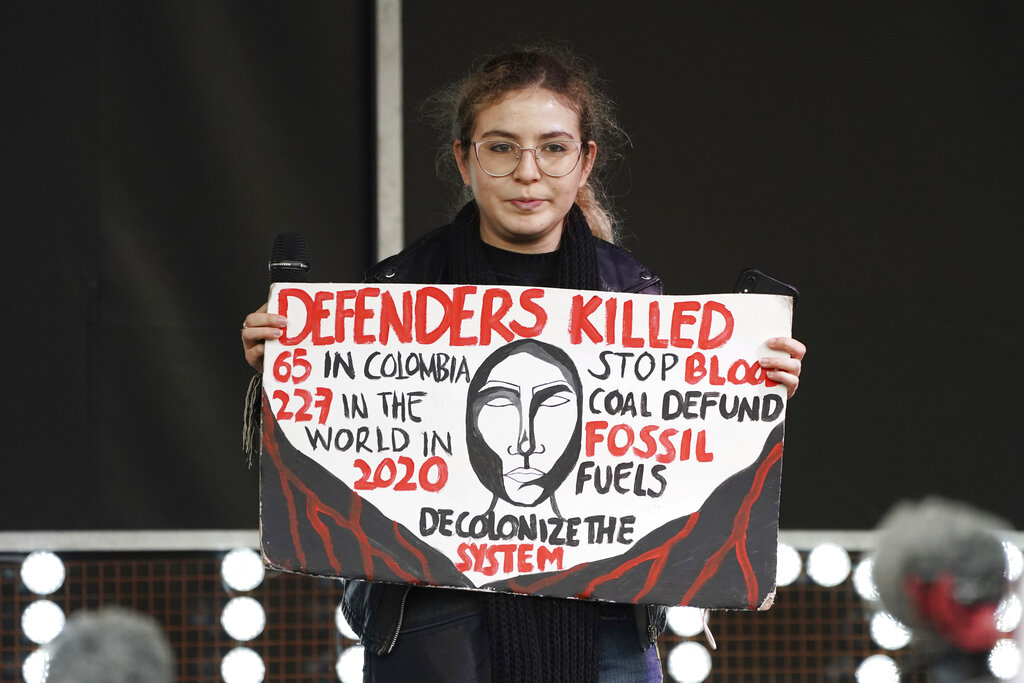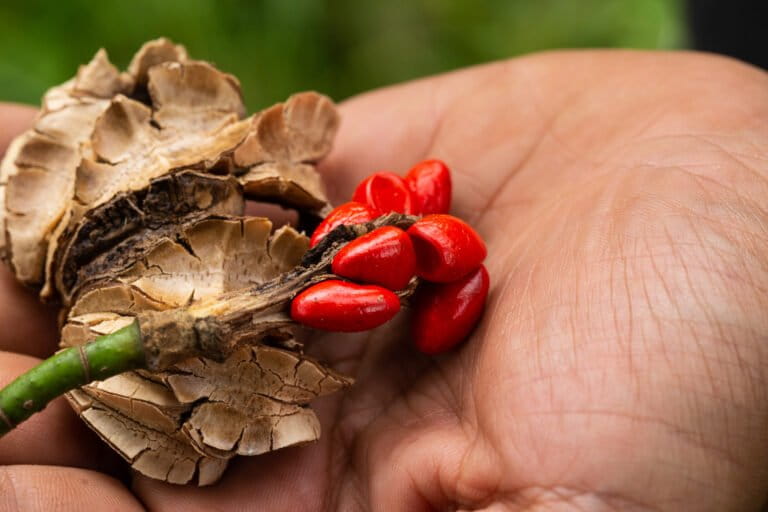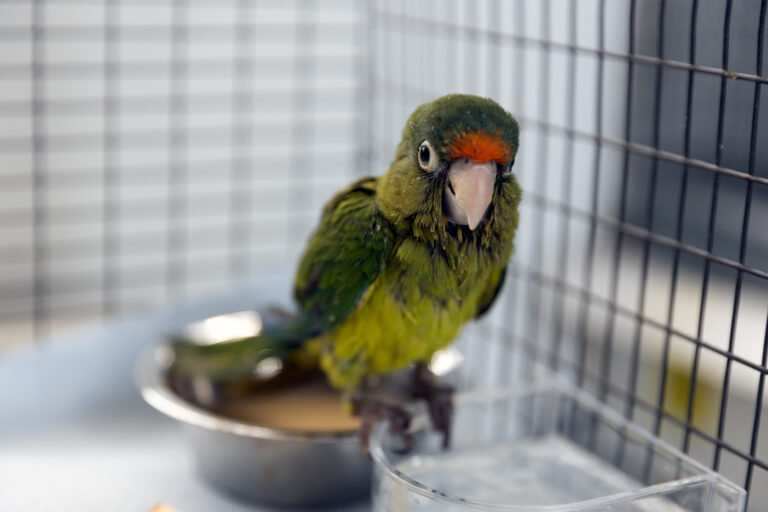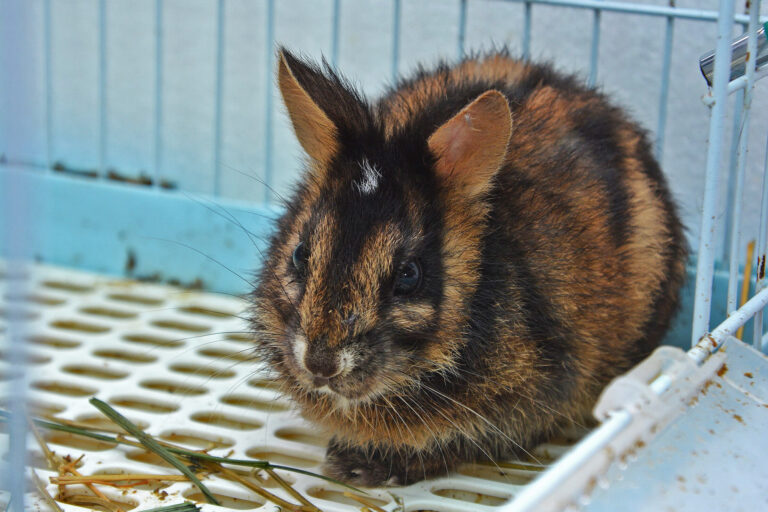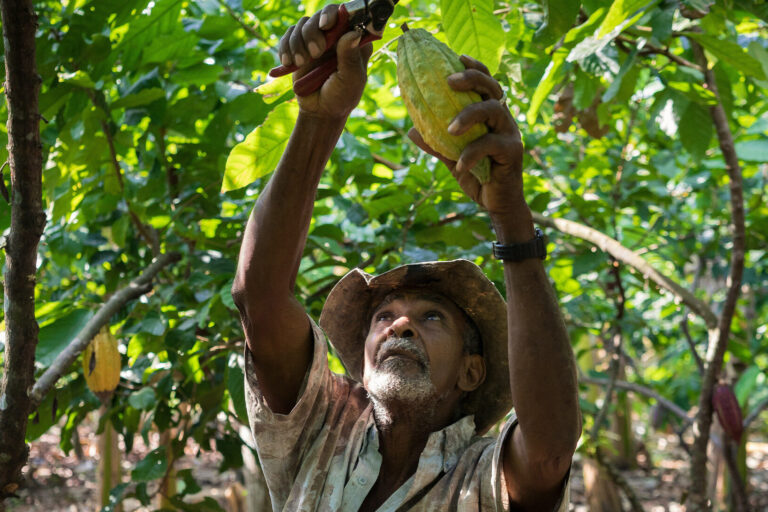A recent study from the U.S. state of California finds that the public reported more encounters with wildlife in times of drought. Researchers say they expect such drought-driven human-wildlife interactions in other areas also facing water shortages — a growing problem amid climate change.
The researchers analyzed more than 31,000 wildlife-related incidents reported by members of the public to the California Department of Fish and Wildlife (CDFW) between 2017 and 2023. The reports fell into four categories: property damage; general nuisance including negative interactions unrelated to property damage; instances when people believe an animal could potentially cause conflict; and simple sightings.
Most reported incidents, more than 18,000, involved property damage. These ranged from attacks on livestock by pumas and coyotes, to landscaping damage by wild pigs and turkeys, to home damage by black bears.
Researchers focused on the roughly 23,000 incidents of direct conflict involving property damage and general nuisance. They found that American black bears (Ursus americanus) were the most reported species, followed by wild pigs (Sus scrofa), pumas (Puma concolor), coyotes (Canis latrans), North American beavers (Castor canadensis), bobcats (Lynx rufus), wild turkeys (Meleagris gallopavo), mule deer (Odocoileus hemionus), raccoons (Procyon lotor) and gray squirrels (Sciurus griseus).
The study found a strong link between incident numbers and precipitation data: wildlife conflicts increased significantly as precipitation dropped.
The total number of reported incidents increased 2.11% for every 25-millimeter (1-inch) decrease in precipitation. Moreover, areas with higher tree and population density were associated with increased reports of conflict, the study found.
Lead author Kendall Calhoun, a postdoctoral researcher at the University of California, said drought-induced resource scarcity drives much of the conflict. Carnivores target livestock, for example, when their natural prey is limited. Other species may turn to crops, gardens or homes.
“During resource scarcity, other animals, like deer, elk, and wild turkey, may be more inclined to take crops or other plants from people’s properties as well. Black bears are known to come near people’s houses to look for food, often causing property damage in the process,” Calhoun told Mongabay by email.
Researchers say they expect drought-driven conflict with wildlife will extend far beyond California.
“We expect this effect will be particularly strong in areas that are prone to drought and have strong seasonal swings in water availability like California and other Mediterranean-climate ecosystems with cool, wet winters and hot, dry summers,” Calhoun said.
Climate scientists project that both California and Europe’s Mediterranean will become drier and prone to drought amid climate change. Both regions are densely populated, setting the stage for increased conflict between people and wildlife, especially during hot, dry summer months, Calhoun said.
He added there’s a need to meaningfully address climate change to get to the root of the problem. “Building climate-resilient landscapes should be a very clear goal for future land and wildlife management,” Calhoun said.
Banner image: An American black bear standing on a fence in Canada. Image by Henry C. Wong via Pexels.



